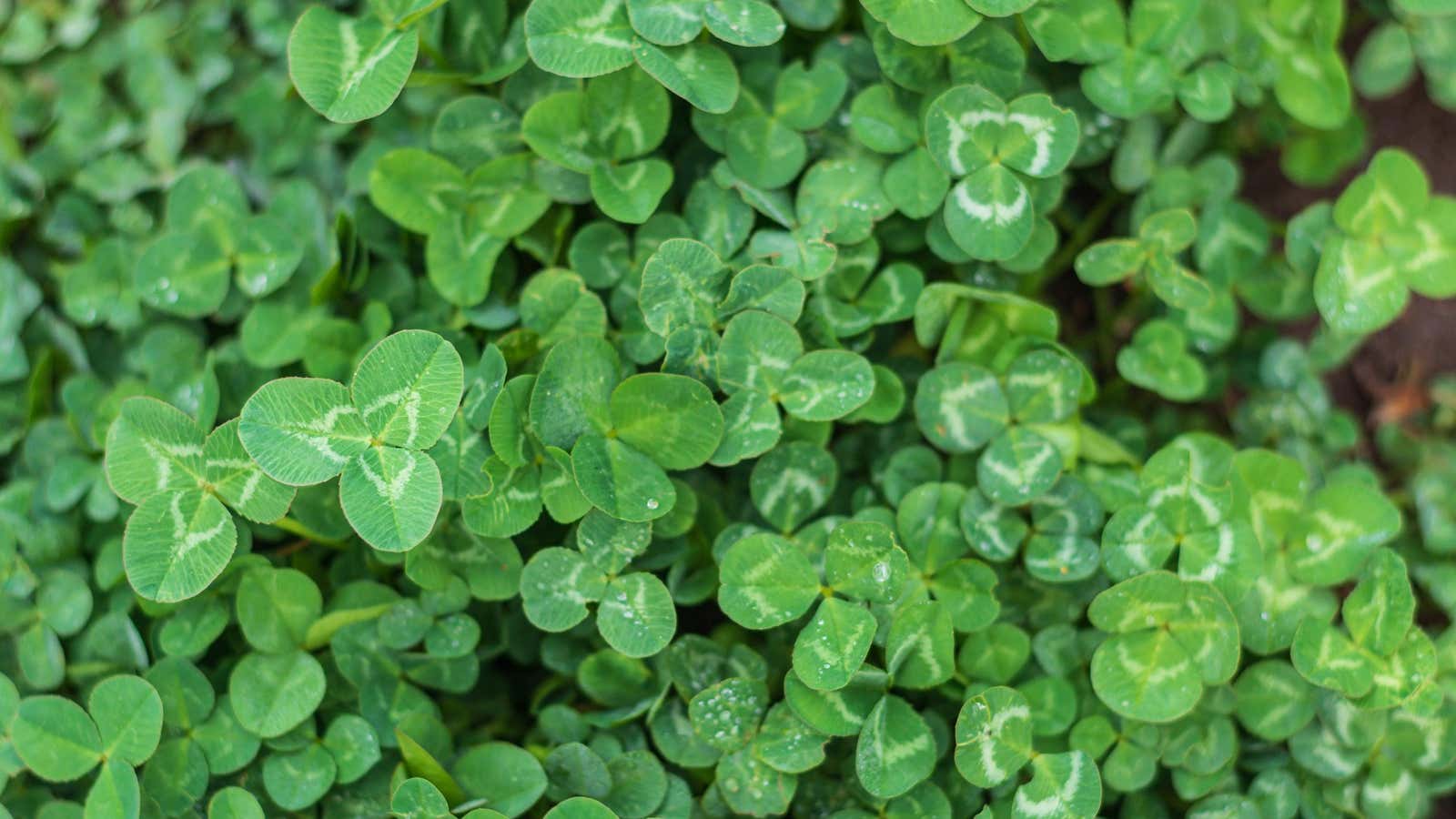Plant These Winter Cover Crops Now to Improve Your Soil in Spring

It’s hard to overestimate the benefits of a cover crop for your garden. In addition to replenishing soil nitrogen, cover crops also provide habitat for a healthy horticultural ecosystem and help prevent soil erosion while it is not being used to grow vegetables. Using cover crops, such as companion planting, is a less invasive way to improve soil health while still allowing the vegetable garden to thrive. Planting a cover crop will make next year’s vegetables much healthier, and suppressing weeds will make spring planting easier.
Cover crops are also useful as a so-called “green manure” – essentially an in-place composting system that adds nutrients to the soil with minimal effort. Once the cover crop dies, you can let it rot in place or speed up the process by plowing the greens before it goes into seed.
What do cover crops do to garden soil?
The two main types of cover crops are legumes and non-legumes. In addition to the familiar garden legumes, peas and beans, there are countless varieties of legumes, from clover to vetch, that can be used as cover crops to return nitrogen to your soil. Non-legume varieties include ryegrass and cabbage and work opposite legumes using nitrogen from the soil.
If your garden is dominated by plants such as tomatoes, peppers, or herbs, “nitrogen-fixing” legumes will help restore the soil. If you grow mostly beans, peas, or squash, non-legumes, nitrogen-hungry cover crops balance things out. Depending on what you want to grow and your climate, these two main types of cover crops will help replenish the soil and prevent erosion.
What cover crops should be planted?
The most versatile cover crops that can be grown in almost any climate zone are the legume varieties of sweet clover, alfalfa, and hairy vetch, as well as the non-legume varieties of rye, cabbage, and ryegrass. These plants are not picky about soil type and are hardy in most climates. If you are looking for the simplest cover crops, this is your best bet. But here’s what you need to know if you want a crop that is most likely to thrive in your particular location:
Cover crops for planting in the south
In the south, legume varieties are well suited: white lupine, purple vetch, common vetch, yellow sweet clover, field peas, as well as non-legume varieties of sweet clover and raspberry. These plants will thrive in warmer, drier environments.
Cover crops for planting in the north
As you move north, your options become more and more limited, but there is one type of non-legume cover crop that is ideally suited to northern climates in the US: smooth brome is hardy during the winter months and has fibrous roots that will help stabilize the soil.
Regional cover crops
Another factor that can affect how well a cover crop will establish is its proximity to the coast. In the northeastern region of the United States, red clover, white clover, and two-year-old sweet clover bean varieties are likely to survive the winter. In the southeast and bay areas, blue lupine and purple vetch are good choices. In the Midwest, hairy vetch, winter rye, and barley are good choices for soil stabilization. In the southwest, cowpea, fixation clover, and purple clover work well. In the Pacific Northwest, beans, a wide variety of clover, and buckwheat are excellent cover crops.
If you’re not sure if your desired cover crop is hardy for your particular area, you can check your seed bag against the USDA hardiness zone map . Additional information and additional resources can often be found by consulting with the local university.